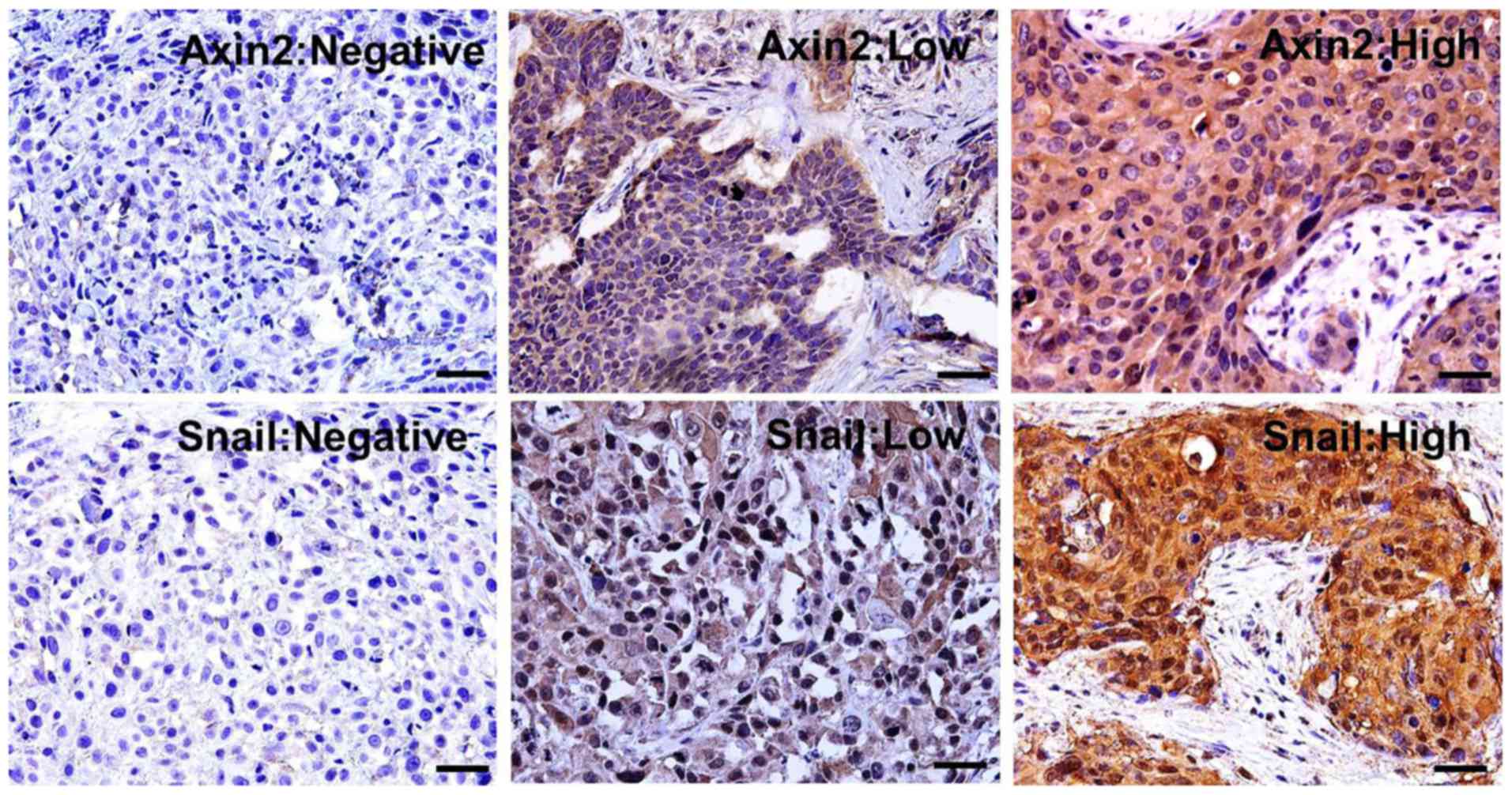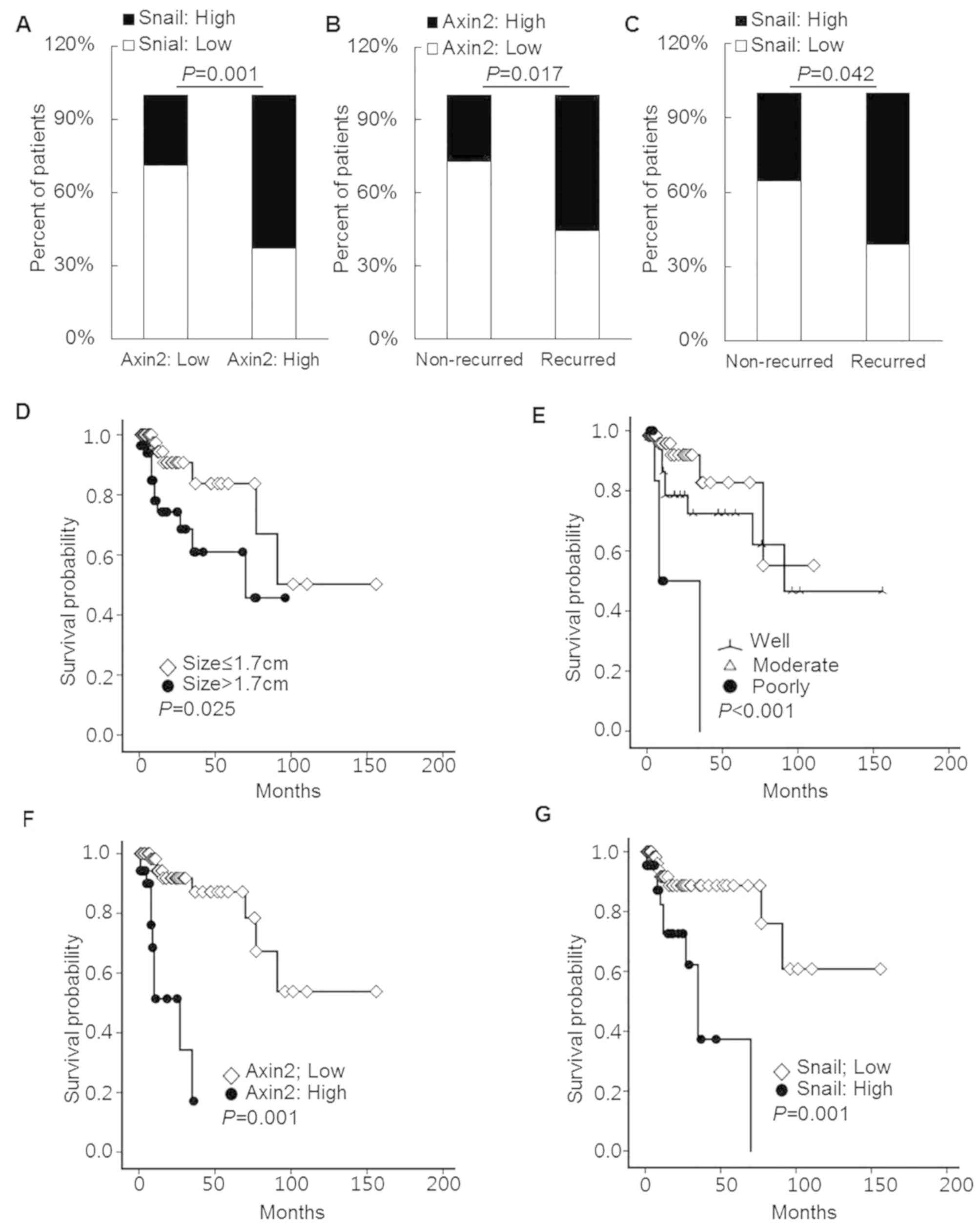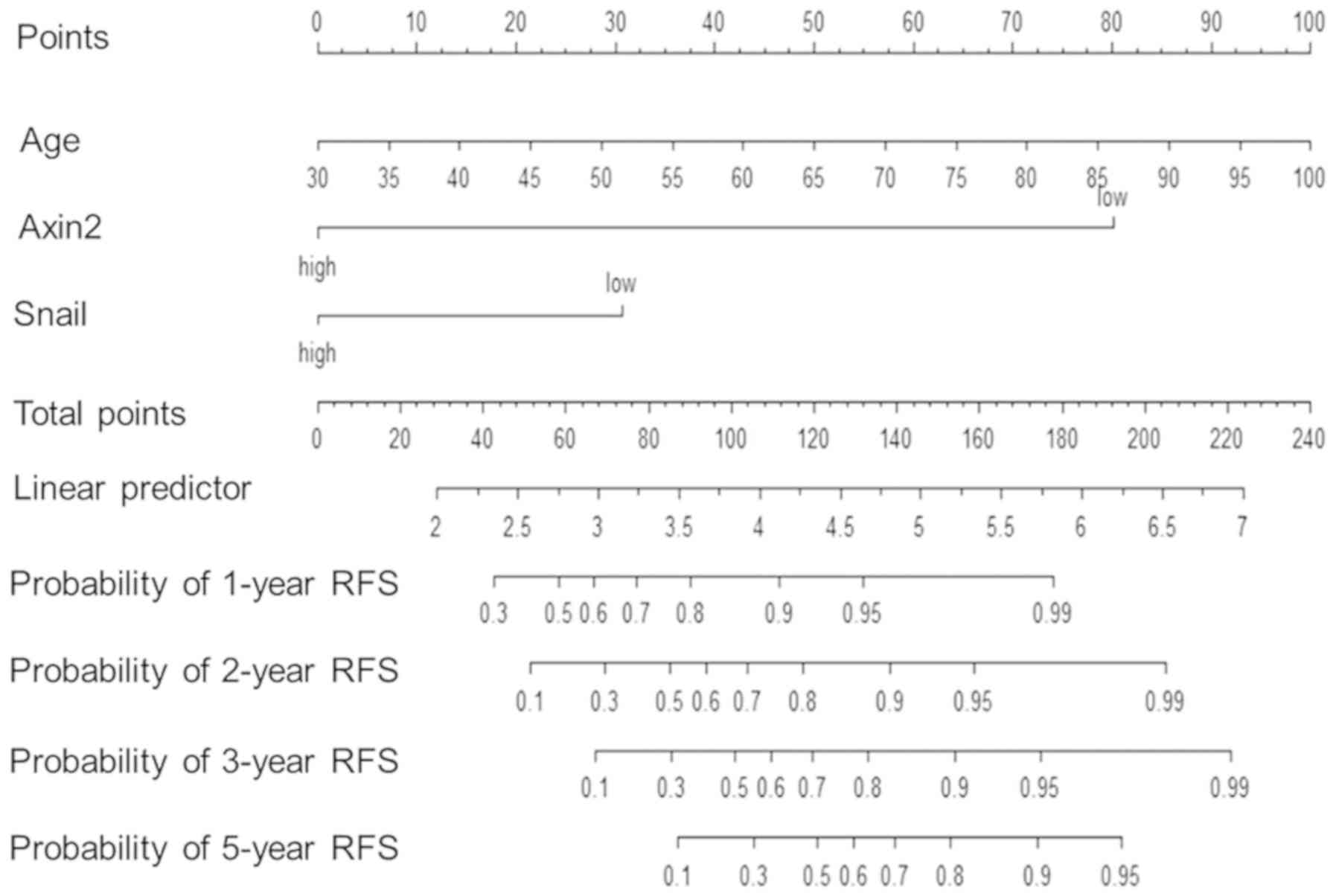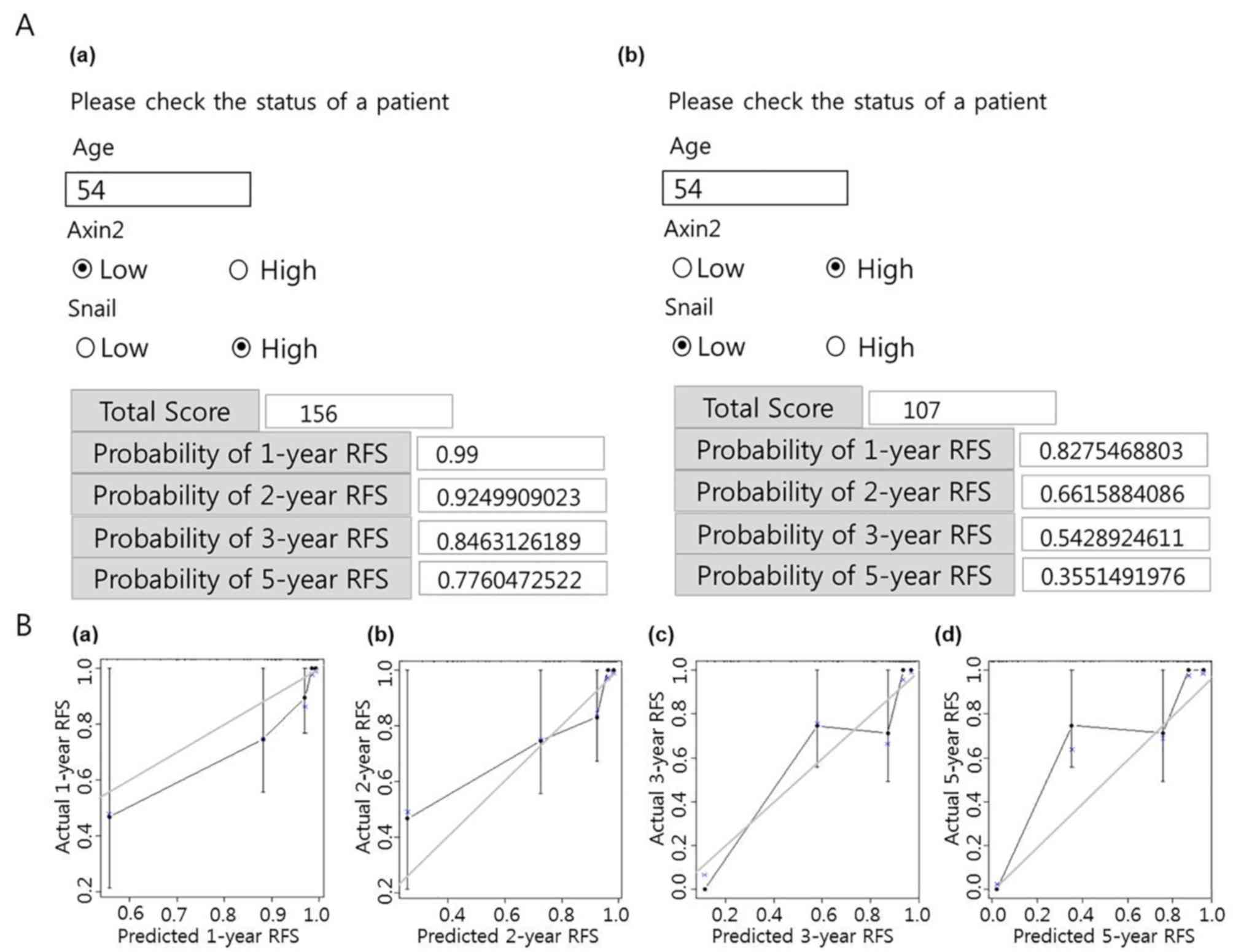|
1
|
Oh CM, Cho H, Won YJ, Kong HJ, Roh YH,
Jeong KH and Jung KW: Nationwide trends in the incidence of
melanoma and non-melanoma skin cancers from 1999 to 2014 in South
Korea. Cancer Res Treat. 50:729–737. 2018. View Article : Google Scholar : PubMed/NCBI
|
|
2
|
Lobeck A, Weiss C, Orouji A, Koch PS, Heck
M, Utikal J, Koenen W, Faulhaber J, Klemke CD and Felcht M: Single
center analysis of the dermatosurgical patient cohort of a tumor
center in Germany. Hautarzt. 68:377–384. 2017.(In German).
View Article : Google Scholar : PubMed/NCBI
|
|
3
|
Le ST, Kamal HY and Khachemoune A: Mohs
micrographic surgery for cutaneous malignancies: A focus review of
its indications in pediatric age groups. Pediatr Dermatol.
35:434–440. 2018. View Article : Google Scholar : PubMed/NCBI
|
|
4
|
Schmults CD, Karia PS, Carter JB, Han J
and Qureshi AA: Factors predictive of recurrence and death from
cutaneous squamous cell carcinoma: A 10-year, single-institution
cohort study. JAMA Dermatol. 149:541–547. 2013. View Article : Google Scholar : PubMed/NCBI
|
|
5
|
Thompson AK, Kelley BF, Prokop LJ, Murad
MH and Baum CL: Risk factors for cutaneous squamous cell carcinoma
recurrence, metastasis, and disease-specific death: A systematic
review and meta-analysis. JAMA Dermatol. 152:419–428. 2016.
View Article : Google Scholar : PubMed/NCBI
|
|
6
|
Roscher I, Falk RS, Vos L, Clausen OPF,
Helsing P, Gjersvik P and Robsahm TE: Validating 4 staging systems
for cutaneous squamous cell carcinoma using population-based data:
A nested case-control study. JAMA Dermatol. 154:428–434. 2018.
View Article : Google Scholar : PubMed/NCBI
|
|
7
|
Que SKT, Zwald FO and Schmults CD:
Cutaneous squamous cell carcinoma: Incidence, risk factors,
diagnosis, and staging. J Am Acad Dermatol. 78:237–247. 2018.
View Article : Google Scholar : PubMed/NCBI
|
|
8
|
Campos MA, Macedo S, Fernandes M, Pestana
A, Pardal J, Batista R, Vinagre J, Sanches A, Baptista A, Lopes JM
and Soares P: TERT promoter mutations are associated with poor
prognosis in cutaneous squamous cell carcinoma. J Am Acad Dermatol.
80:660–669.e6. 2019. View Article : Google Scholar : PubMed/NCBI
|
|
9
|
Garcia-Diez I, Hernandez-Ruiz E, Andrades
E, Gimeno J, Ferrándiz-Pulido C, Yébenes M, García-Patos V, Pujol
RM, Hernández-Muñoz I and Toll A: PD-L1 expression is increased in
metastasizing squamous cell carcinomas and their metastases. Am J
Dermatopathol. 40:647–654. 2018. View Article : Google Scholar : PubMed/NCBI
|
|
10
|
Yook JI, Li XY, Ota I, Hu C, Kim HS, Kim
NH, Cha SY, Ryu JK, Choi YJ, Kim J, et al: A Wnt-Axin2-GSK3beta
cascade regulates Snail1 activity in breast cancer cells. Nat Cell
Biol. 8:1398–1406. 2006. View
Article : Google Scholar : PubMed/NCBI
|
|
11
|
Muenst S, Daster S, Obermann EC, Droeser
RA, Weber WP, von Holzen U, Gao F, Viehl C, Oertli D and Soysal SD:
Nuclear expression of snail is an independent negative prognostic
factor in human breast cancer. Dis Markers. 35:337–344. 2013.
View Article : Google Scholar : PubMed/NCBI
|
|
12
|
Wang YL, Zhao XM, Shuai ZF, Li CY, Bai QY,
Yu XW and Wen QT: Snail promotes epithelial-mesenchymal transition
and invasiveness in human ovarian cancer cells. Int J Clin Exp Med.
8:7388–7393. 2015.PubMed/NCBI
|
|
13
|
Brzozowa M, Michalski M, Wyrobiec G,
Piecuch A, Dittfeld A, Harabin-Słowińska M, Boroń D and Wojnicz R:
The role of Snail1 transcription factor in colorectal cancer
progression and metastasis. Contemp Oncol (Pozn). 19:265–270.
2015.PubMed/NCBI
|
|
14
|
Yook JI, Li XY, Ota I, Fearon ER and Weiss
SJ: Wnt-dependent regulation of the E-cadherin repressor snail. J
Biol Chem. 280:11740–11748. 2005. View Article : Google Scholar : PubMed/NCBI
|
|
15
|
Wu ZQ, Brabletz T, Fearon E, Willis AL, Hu
CY, Li XY and Weiss SJ: Canonical Wnt suppressor, Axin2, promotes
colon carcinoma oncogenic activity. Proc Natl Acad Sci USA.
109:11312–11317. 2012. View Article : Google Scholar : PubMed/NCBI
|
|
16
|
Zhang X, Zheng Z, Shin YK, Kim KY, Rha SY,
Noh SH, Chung HC and Jeung HC: Angiogenic factor thymidine
phosphorylase associates with angiogenesis and lymphangiogenesis in
the intestinal-type gastric cancer. Pathology. 46:316–324. 2014.
View Article : Google Scholar : PubMed/NCBI
|
|
17
|
Chen F, Lin L, Yan L, Liu F, Qiu Y, Wang
J, Hu Z, Wu J, Bao X, Lin L, et al: Nomograms and risk scores for
predicting the risk of oral cancer in different sexes: A
large-scale case-control study. J Cancer. 9:2543–2548. 2018.
View Article : Google Scholar : PubMed/NCBI
|
|
18
|
Burton KA, Ashack KA and Khachemoune A:
Cutaneous squamous cell carcinoma: A review of high-risk and
metastatic disease. Am J Clin Dermatol. 17:491–508. 2016.
View Article : Google Scholar : PubMed/NCBI
|
|
19
|
Amin MB, Edge S, Greene F, Byrd DR,
Brookland RK, Washington MK, Gershenwald JE, Compton CC, Hess KR,
Sullivan DC, et al: AJCC Cancer Staging Manual. 8th. New York:
Springer; 2017, View Article : Google Scholar
|
|
20
|
Mullen JT, Feng L, Xing Y, Mansfield PF,
Gershenwald JE, Lee JE, Ross MI and Cormier JN: Invasive squamous
cell carcinoma of the skin: Defining a high-risk group. Ann Surg
Oncol. 13:902–909. 2006. View Article : Google Scholar : PubMed/NCBI
|
|
21
|
Halifu Y, Liang JQ, Zeng XW, Ding Y, Zhang
XY, Jin TB, Yakeya B, Abudu D, Zhou YM, Liu XM, et al: Wnt1 and
SFRP1 as potential prognostic factors and therapeutic targets in
cutaneous squamous cell carcinoma. Genet Mol Res. 15:2016.
View Article : Google Scholar : PubMed/NCBI
|
|
22
|
Taketo MM: Shutting down Wnt
signal-activated cancer. Nat Genet. 36:320–322. 2004. View Article : Google Scholar : PubMed/NCBI
|
|
23
|
Mao J, Wang J, Liu B, Pan W, Farr GH III,
Flynn C, Yuan H, Takada S, Kimelman D, Li L and Wu D: Low-density
lipoprotein receptor-related protein-5 binds to Axin and regulates
the canonical Wnt signaling pathway. Mol Cell. 7:801–809. 2001.
View Article : Google Scholar : PubMed/NCBI
|
|
24
|
Cadigan KM and Liu YI: Wnt signaling:
Complexity at the surface. J Cell Sci. 119:395–402. 2006.
View Article : Google Scholar : PubMed/NCBI
|
|
25
|
Hughes TA and Brady HJ: Regulation of
axin2 expression at the levels of transcription, translation and
protein stability in lung and colon cancer. Cancer Lett.
233:338–347. 2006. View Article : Google Scholar : PubMed/NCBI
|
|
26
|
Lustig B, Jerchow B, Sachs M, Weiler S,
Pietsch T, Karsten U, van de Wetering M, Clevers H, Schlag PM,
Birchmeier W and Behrens J: Negative feedback loop of Wnt signaling
through upregulation of conductin/axin2 in colorectal and liver
tumors. Mol Cell Biol. 22:1184–1193. 2002. View Article : Google Scholar : PubMed/NCBI
|
|
27
|
Hadjihannas MV, Bruckner M and Behrens J:
Conductin/axin2 and Wnt signalling regulates centrosome cohesion.
EMBO Rep. 11:317–324. 2010. View Article : Google Scholar : PubMed/NCBI
|


















